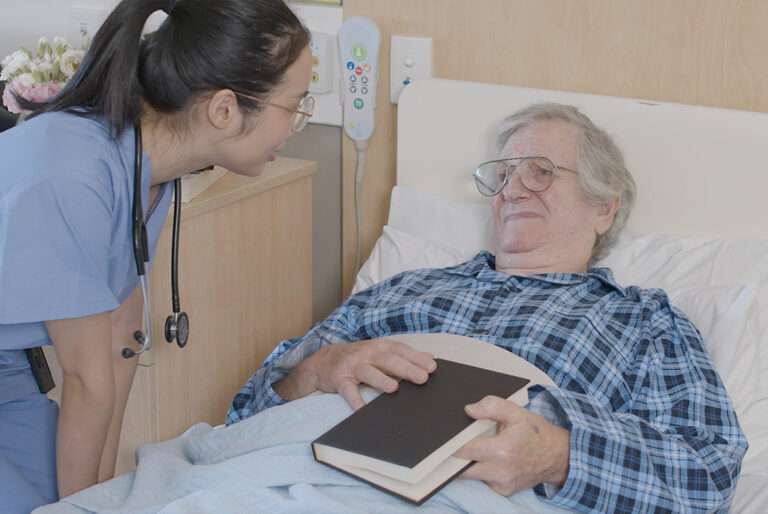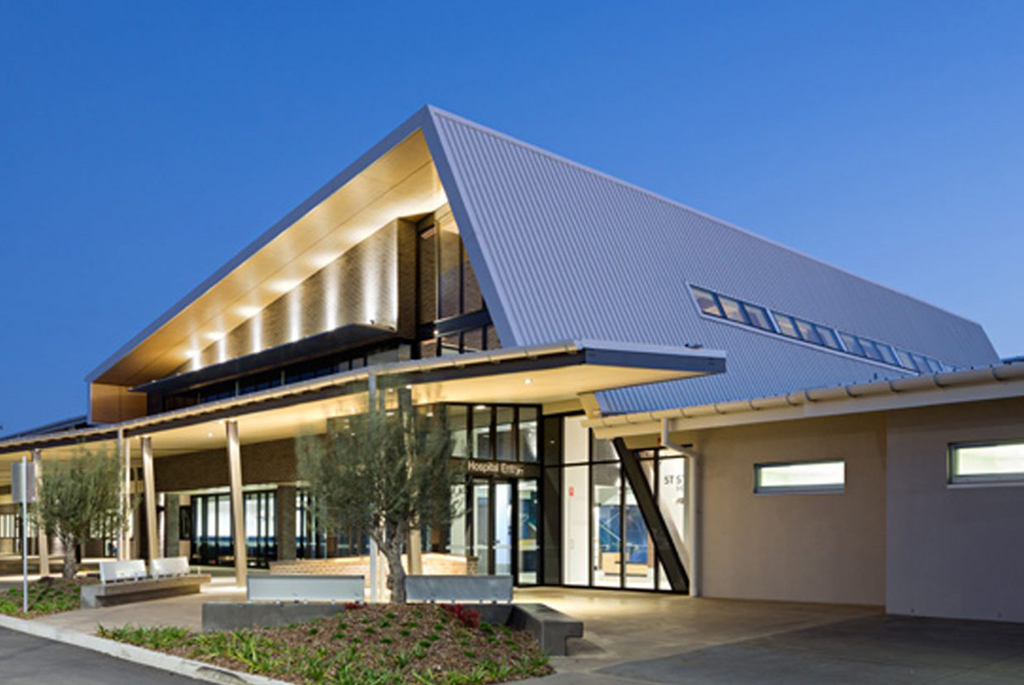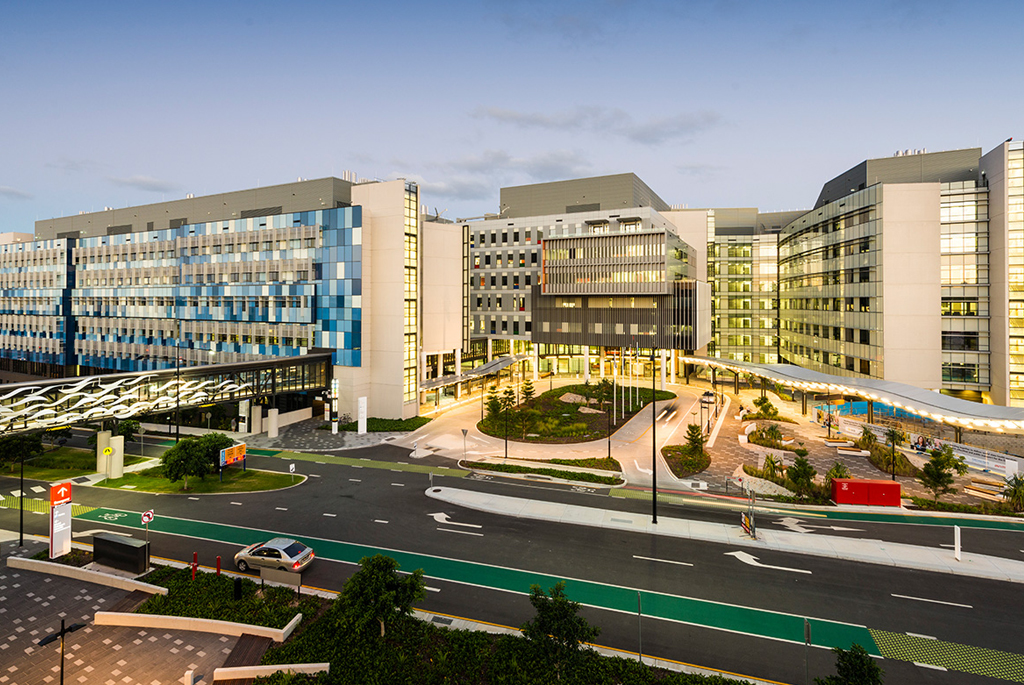Knox Private Hospital

Share:
The Responder nurse call and workflow solution has reduced alarm noise to effectively address risk associated with alarm fatigue and reduced average nurse call response times to deliver improved patient care.
Knox Private Hospital
Knox Private Hospital is the largest and most established private hospital in Victoria’s eastern region, specialising in diagnostic, elective and emergency cardiovascular care, including open-heart surgery. As part of its commitment to providing an excellent standard of care to patients in a friendly, safe and comfortable environment, Knox Private Hospital chose to deploy the Responder nurse call and workflow solution, achieving a quiet environment in its Chesterfield Cardiac Ward.
The Silent Ward Concept
Knox Private Hospital and Rauland Australia conducted a proof-of-concept trial of a silent ward environment in the Chesterfield ward, an in-patient cardiology ward at Knox Private Hospital in Victoria Australia.
The silent ward concept has gained much traction over the past few years in Australia. Healthcare providers and patients are exposed to hundreds of alarms each shift, most of them nonactionable to the majority who hear them or avoidable in general. The Authors Ruskan et al state that the number heard may be as high as 1000 per shift¹.
This can lead to staff becoming desensitised, which in turn can lead to a delayed or inadequate response to alarms, known as alarm fatigue. The US Food and Drug Administration reported over 500 alarm-related patient deaths between 2005 and 2008 prompting several health organisations to focus on highlighting and improving the issue.
Patients can also have their sleep and relaxation disrupted by the alarms leading to poorer health outcomes and lower satisfaction with clinical services. Clinical solutions, such as those provided by Rauland Australia, can control alarm flows and alarm noise, and can help to mitigate this potentially life-threatening problem.
The trial compared patient and staff satisfaction with the existing alarm-based Nurse Call system in the Chesterfield ward (control) to the reconfigured silent Nurse Call system produced by Rauland (intervention) and the average alarm noise saving.
Clinical Outcomes
Overall, the silent ward concept was extremely well adopted and appreciated by staff and patients. Notable improvements achieved by the introduction of the silent ward were a 20% increase in the proportion of people saying the ward provided a restful environment from 40% pre intervention to 60% post intervention. The proportion strongly agreeing that they promptly received help with pain relief increased from 75% pre intervention to 81.8% post intervention.
As all these calls were sent directly to mobile wireless devices carried by the nursing staff, this resulted in a saving of 8.2 hours of alarm noise in the unit by month.
References:
1. Ruskin, Keith J. and Hueske-Kraus, Dirk. Alarm fatigue: impacts on patient safety. Current Opinion in Anaesthesiology. 28(6):685-690, December 2015.
Share:
Related Content

St Stephen’s Hospital
Integrated hospital communications support St Stephen’s in delivering exceptional patient care
Learn More
Gosford Hospital
Gosford Hospital improves patient safety and quality of care with quiet environment
Learn More
Gold Coast University Hospital
Gold Coast University Hospital leverages technology to transform patient meal ordering
Learn MoreNo posts found!

